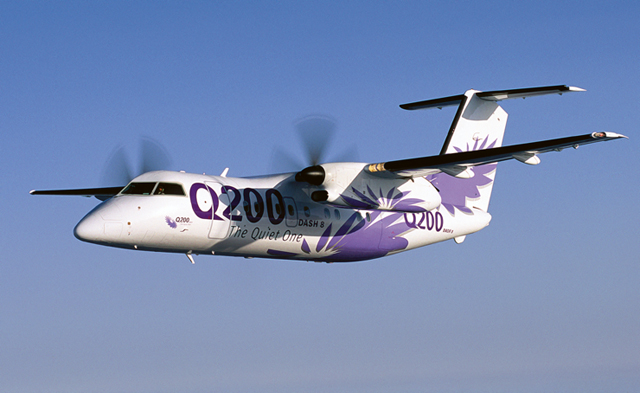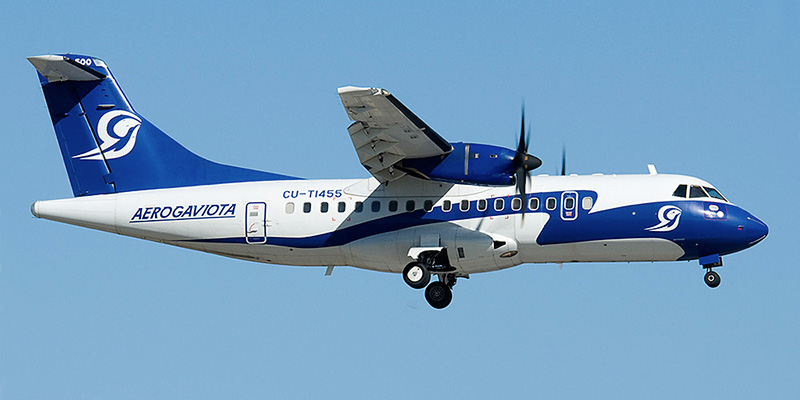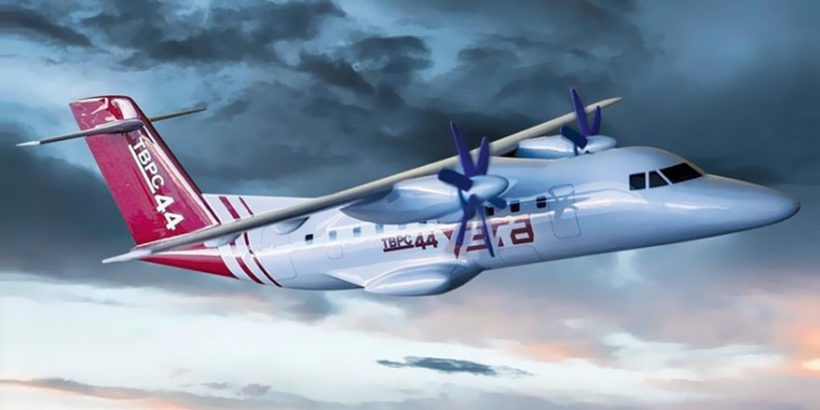\"lancelot” wrote:
Even then it has massive overlap with the Il-114. It is going to compete with it in what is already a minuscule market. I see little point in building it.
It has not overlap with the il-114, and there is a 50% passenger difference.
Unfortunately, since the il-114 is a low wing aircraft they cannot be just a shortened or lengthened version of each other, like it is for the dash-8 (Q200, Q300 and Q400) or for the ATR- 42 & ATR-72.
However they have at least two versions of the same engines and I believe many internal, avionic and navigation systems can be shared between the Ladoga and the il-114.
The Ladoga is in the same class as ATR-42 and the Dash-8 Q200 (and a little bit smaller than the dash-8 Q300).
The il-114 can replace in Russian airlines the dash-8 Q400 and the ATR-72, but it cannot cover for the smaller segment, and as I wrote it is a high wing aircraft (preferred by some regional airlines for remote operations).
The Ladoga can be in service in 2026/2027.
If they wanted to do a brand new project from scratches, a replacement for An-24, Dash-8 and ATR-42 will not be ready before at least further 8 years.
\"lancelot” wrote:
As for why I don't like the Ladoga. It has an utterly obsolete airframe design. It looks just like an old Soviet aircraft from the 1950s. Just design a new airframe. Even the Chinese can do this.
In my opinion it looks quite fine. From the front it even looks like a high speed train.
And it is definitely not worse looking than the western equivalents.
Here some pictures to compare
[size=48]Dash-8 Q-200[/size]
https://skybrary.aero/sites/default/files/DH8B.jpg

[size=48]ATR-42[/size]
https://cdn.airlines-inform.ru/upload/iblock/5d8/ATR-42.jpg

https://www.aerospace-technology.com/wp-content/uploads/sites/15/2017/10/ATR42-500_1.jpg

[size=48]And finally Ladoga [/size]
https://cdn.airlines-inform.ru/upload/iblock/2ad/tvrs-44-ladoga.jpg

\"lancelot” wrote: The only reason they built that many An-24s to begin with is back then it had little competition. Turbofans weren't available and turbojets gobbled fuel. Turboprops were vast speed improvement over radial engines. Try checking how many ATR-72 and Bombardier Dash 8 aircraft are in operation in Russia. Not that many.
Even now with modern engines a 40 passenger turboprop cruising at 450 to 500 km/h is much more fuel efficient than a regional jet cruising at 800 to 850 km/h.
Of course the jet is faster, but in remote routes with limited servicing and rough airstrips the regional turboprop is preferable.
There are some of them still in operation in Russia, and Russia wanted to incentivate regional aviation, also to better connect some remote areas (and that is why also Baikal and An-2 are needed). The problem was also that there was no russian aircraft of that class in production.
Just to have some examples
Aurora operates dash-8 q200 and q300
Yakutia also has a few q300
Iraero still operates several An-24
Krasavia has some ATR-42
Etc etc
Such aircrafts are used and requested in Russia (and also 40 to 50 passengers regional jets, but they belong to a different niche, currently covered by embraer and bombardier regional jets).
\"lancelot” wrote:
There were plans to make a shortened version of the Superjet with 75 seats aka SSJ75. They could just use that.
Absolutely, and I hope they will do also the stretched version of the SJ100. However, both the shortened and the stretched version will have to wait for the fully Russian SJ100 is in service first.
I also believe that there is also a market for both the 115-120 passenger version of the SJ100 and for the shortened version of the MC-21 (the MC-21-200), but that.
But all of this is a different class of aircraft than a smaller regional jet.
They can do a 30 to 50 passenger regional jet with a cabin for 3 or 4 seats abreast, once a new small turbofan engine with a takeoff thrust of about 3 to 4 tons is ready
\"lancelot” wrote:
The problem is there are no engines for this aircraft. It was planned to use the Ukrainian Al-22. In theory you could make a turbofan with the Al-222 engine core but that would need to be developed. The Soyuz R126M-300 engine was also proposed at one point but it hasn't been developed either.
Russia is developing a low bypass SM-100 engine as a deep modernisation of the AI-222 of the Yak -130.
They could also do a high bypass derivative of th SM-100/AI-222 for small regional jets and business jets, unless they decide to make a new common core to be shared between a turbofan and a 3500-4500KW (4500 to 6000 hp) turboprop/turboshaft (like the Allison (now Rolls-Royce North America) AE 3007 (US military: F137) (mounted on the ERJ family ) which shares a common core Rolls-Royce T406 (AE 1107) of the V22 Osprey and AE 2100 of the C-130 and C-27J.
Of course the development of that engine takes time, so it will be several years before it can be ready.









